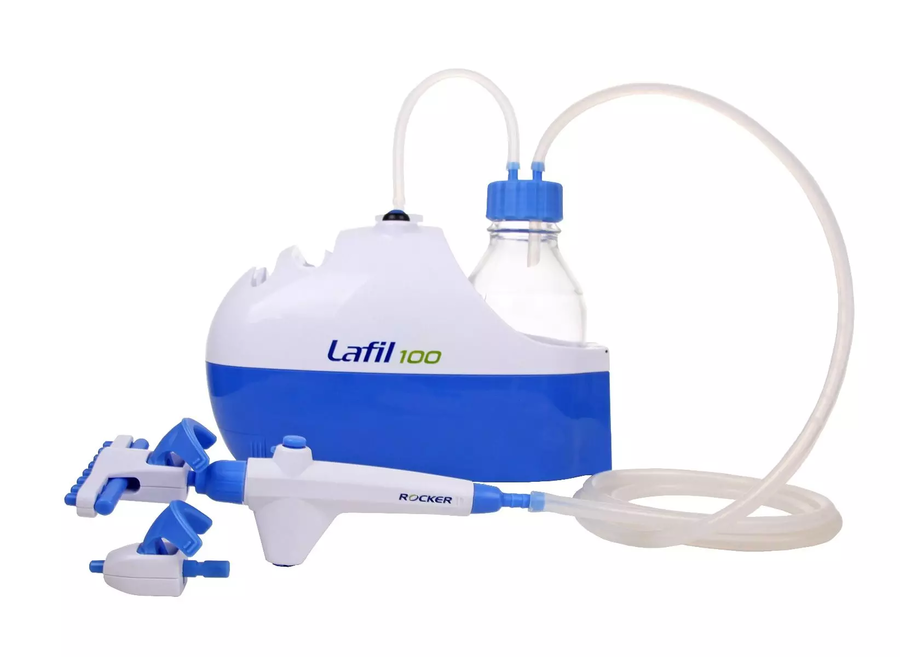Vacuum Filtration
November 27 2023 /
Vacuum filtration is a laboratory procedure that utilizes an oil-free vacuum pump, filter apparatus, filter flask, and often a filtration manifold to perform membrane filtration protocols.
It is the preferred technique for quickly drying out crystals in small batch solutions. The membrane filtration technique utilizes vacuum filtration and is an accepted technique for testing fluid samples for contamination. This membrane filtration technique is accepted by the U.S. EPA for microbial testing and is the preferred technique for water testing. See product descriptions for more information.
What is Vacuum Filtration Systems Used for?
Vacuum Filtration is designed as a separation method that removes a solid from a liquid. Primarily the solid is dissolved in a solution and the solution is saturated, unsaturated, or supersaturated. The difference is in the concentration of the solid within the liquid. A filter is used to separate out the solid from the liquid solution and the vacuum pump forces the liquid through the filter. It is used mostly used when particles dissolved in a solvent and then recovered through heating, so the liquid evaporates.
How does it work?
When vacuum filtration is used to collect solids that have been recrystallized, the contents left after the evaporation process are deposited from the flask or beaker onto a filter paper and put into a Buchner funnel. A filter flask is attached to the funnel and the air is sucked out of the side opening through a rubber tube that is attached to the vacuum. The sample is poured into the funnel or filter paper, and the vacuum forces the solvent through the paper and it gets deposited in the filter flask.
How do you test the suction of a vacuum filtration system?
Testing the suction is critical to the process. The rubber tube gets attached to the vacuum first and tested for suction at the other end of the tube. Then, the tube is attached to the filter flask’s side arm. When the connection is secure, the filter flask should have the suction needed for the procedure.
How much of the solids are removed using this method?
The vacuum filtration system will remove as much of the solids from the solvent as possible and the solids remaining will be collected and weighed.
What is the difference between saturated, supersaturated, and unsaturated solutions?
Saturated solutions cannot dissolve any additional solids and are generally clear. Supersaturated solutions have sinking or suspended particles and are usually not clear. Unsaturated solutions can work to dissolve more solids. Mostly, it is clear with no suspended particles. The solutions with suspended particles can be separated using vacuum filtration. However, unsaturated solutions usually require heating or a chemical treatment before the vacuum filtration process can be successful. Saturated solutions generally cannot be separated using vacuum filtration, but there are some cases where few particles may be collected when the pore size of the filter paper is adequate.
How much of the solid will be collected using this method?
The amount of the solid that is collected using vacuum filtration depends on the size of the pores in the filter paper. The amount of the solid material increases through this method, as the size of the pores in the filter paper decreases. Larger pore sizes yield less solid materials, because more of the material will be pulled through the filter.
